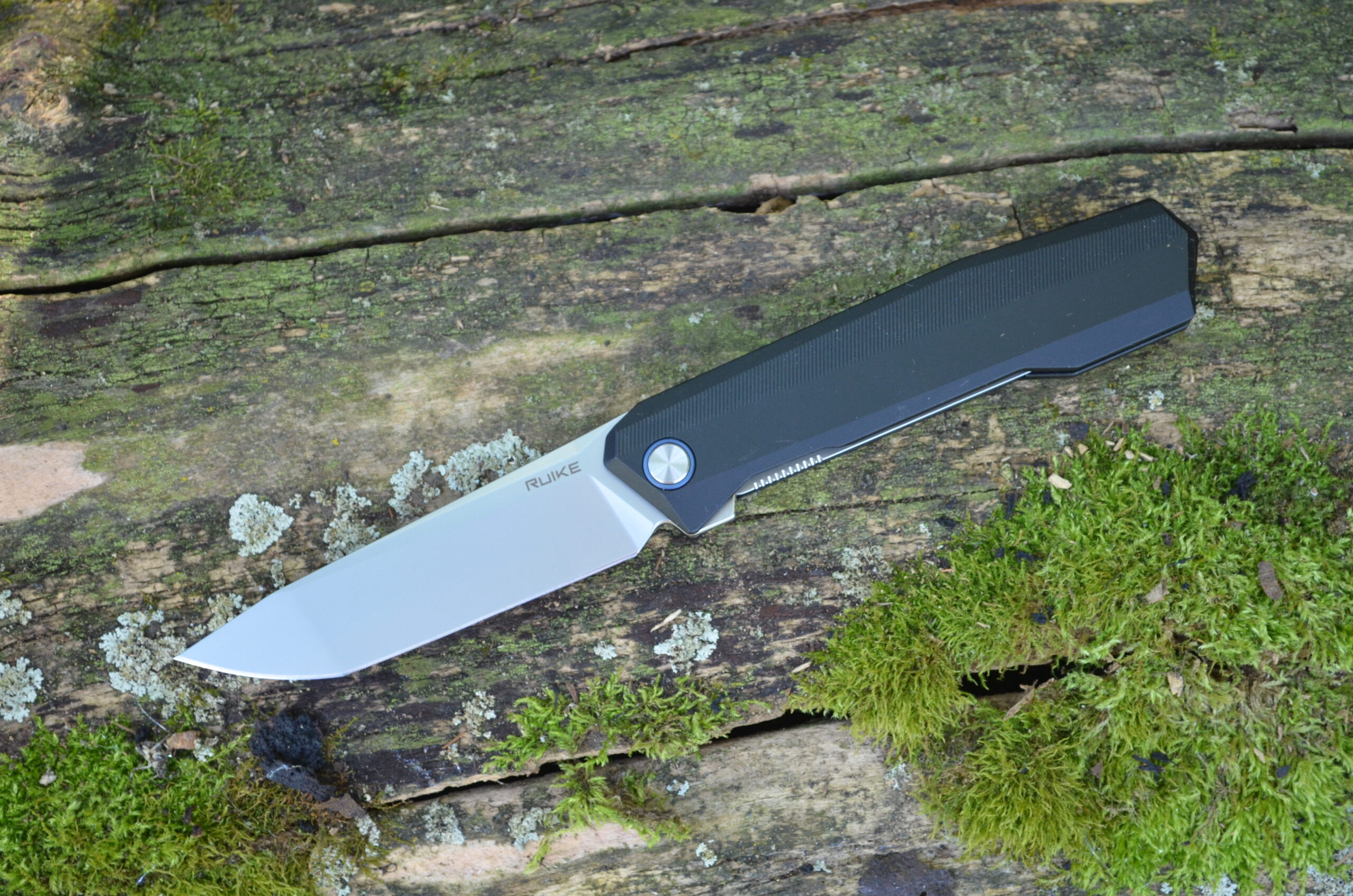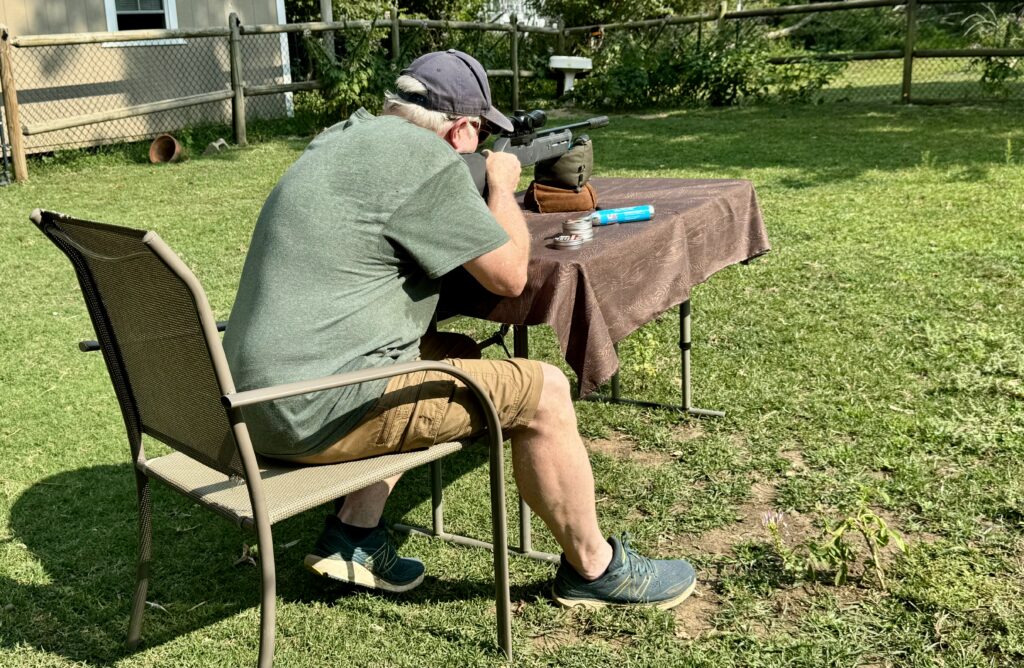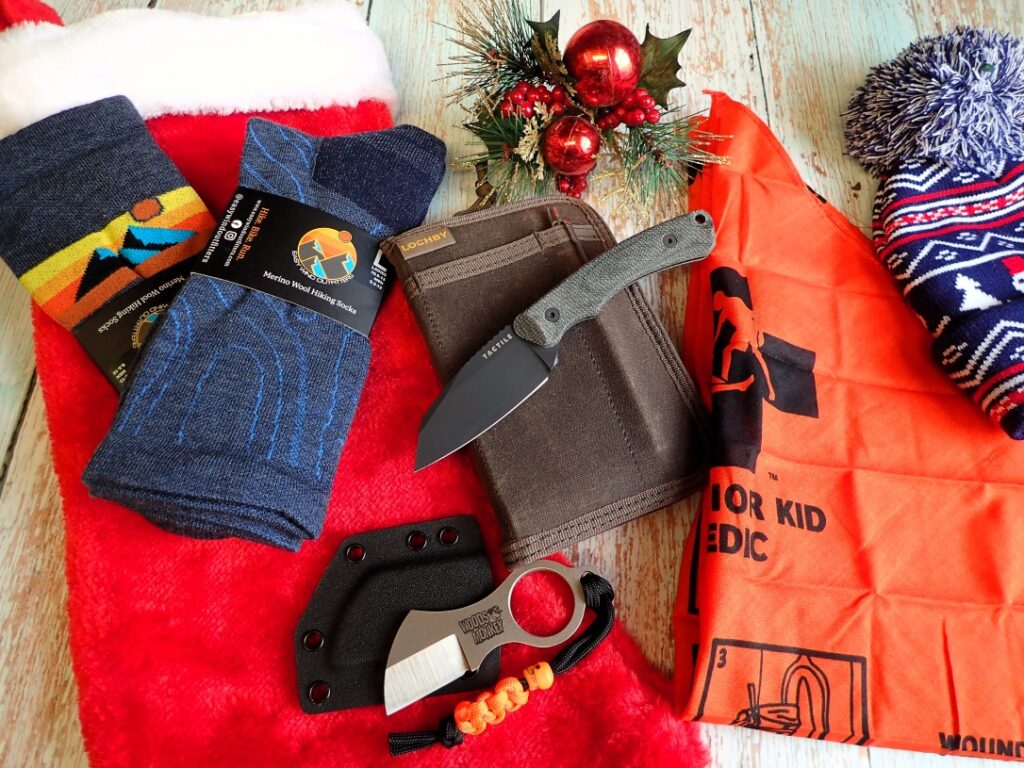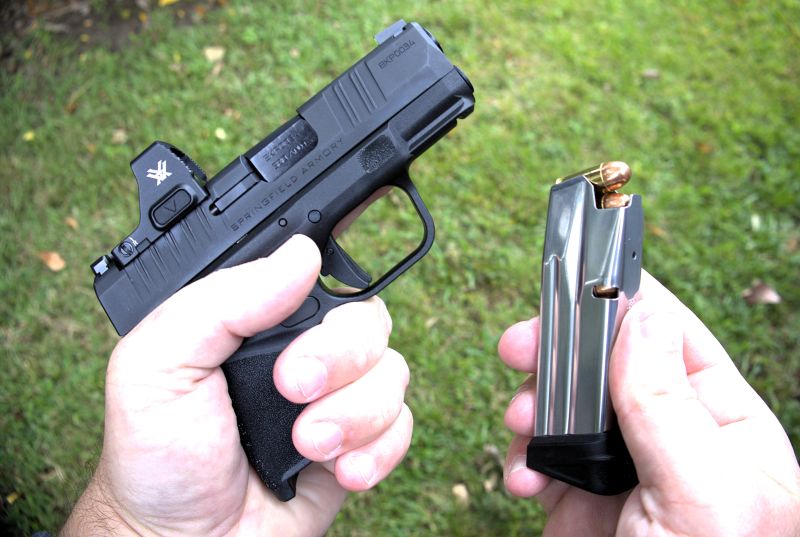A few years back, a YouTube influencer popular at the time for knife content recommended a Ruike folding knife. I don’t recall the exact model, but I picked one up. It served admirably as part of my EDC rotation for a while, then I retired it to my bedroom dresser. It’s what I grab to cut off tags from new clothes, that sort of thing.
Based on that positive experience, when Ruike contacted me about reviewing its new P166 model, I said to send it over.
The Ruike P166
The first thing I noticed about the P166 is that it’s very angular in appearance. Lots of straight lines rather than sweeping curves. It gives a vaguely futuristic impression to me. Like the style of folding knife you might see in a sci-fi film.
Advertisement — Continue Reading Below
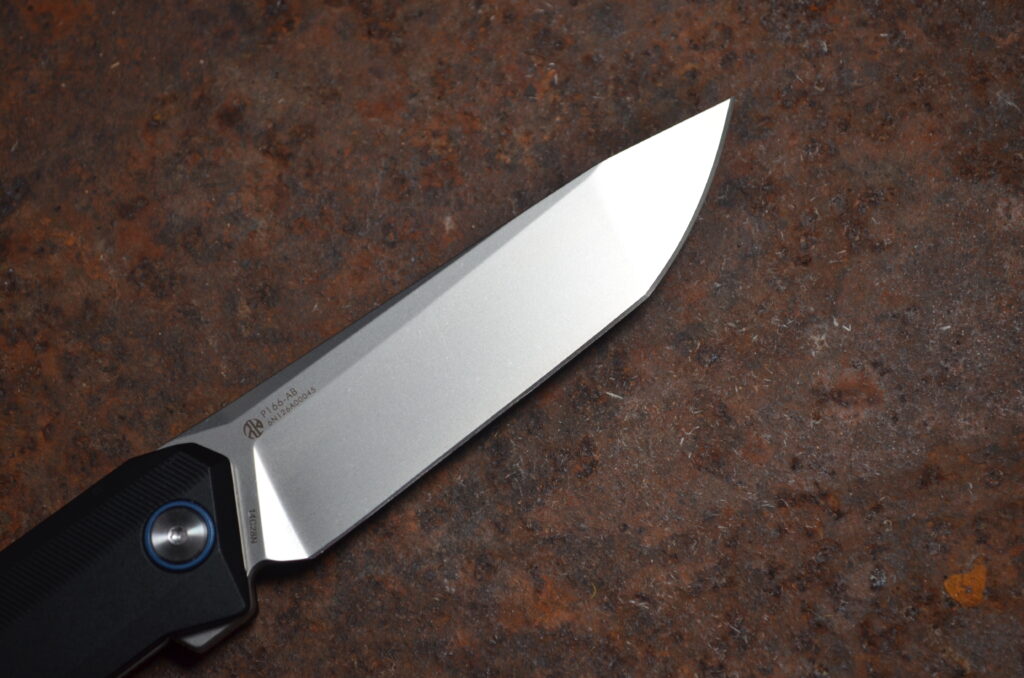
The blade is Sandvik 14C28N. While I’m not overly familiar with this material, it’s sort of a higher-end budget steel option. In terms of edge retention and corrosion resistance, it’s similar to AEB-L. I have a few knives in AEB-L, and they’re all solid performers.
The P166’s handle is crafted from aluminum. It has some mild texturing to help with grippiness. This is a liner lock knife. The lock slides into place effortlessly and engages fully with the blade. There’s a bit of color at the pivot points on either side, which adds a little bonus to the aesthetics. The P166 is equipped with a non-reversible, deep-carry pocket clip.
Advertisement — Continue Reading Below
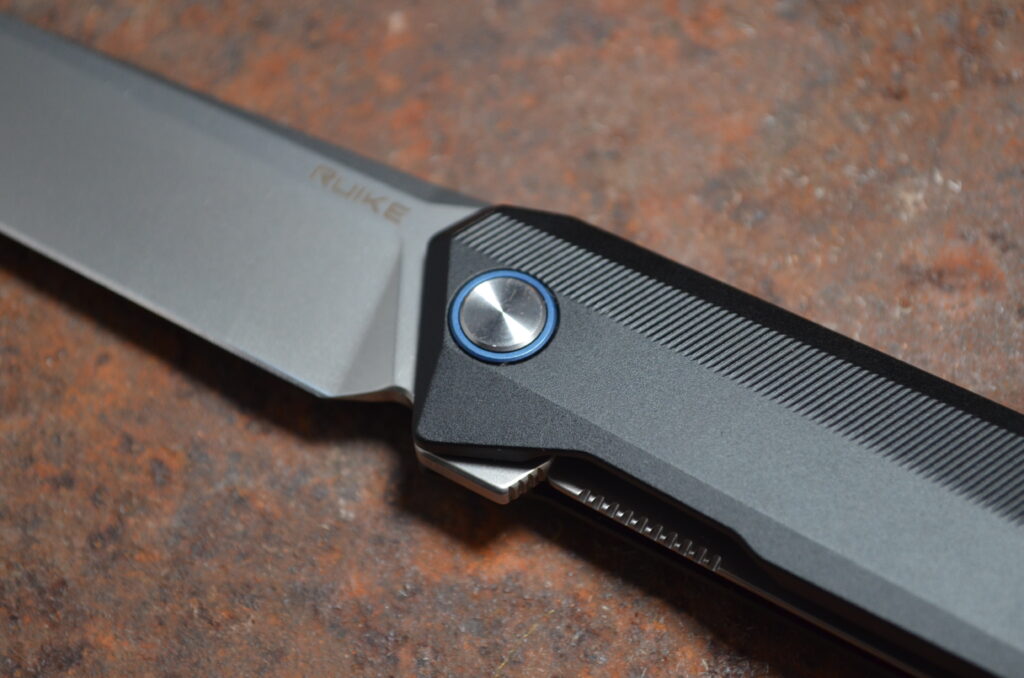
This is a flipper-style knife. The flipper is very small, protruding just slightly from the knife’s frame. It has a bit of jimping to help with traction. Pressing the flipper swings the blade into position.
Over the years, I’ve found that each flipper knife has its own quirks in terms of how to open the knife quickly. It just takes a few tries to find the sweet spot on the flipper that does the trick. Once the liner lock is disengaged, the blade falls closed very easily.
Advertisement — Continue Reading Below
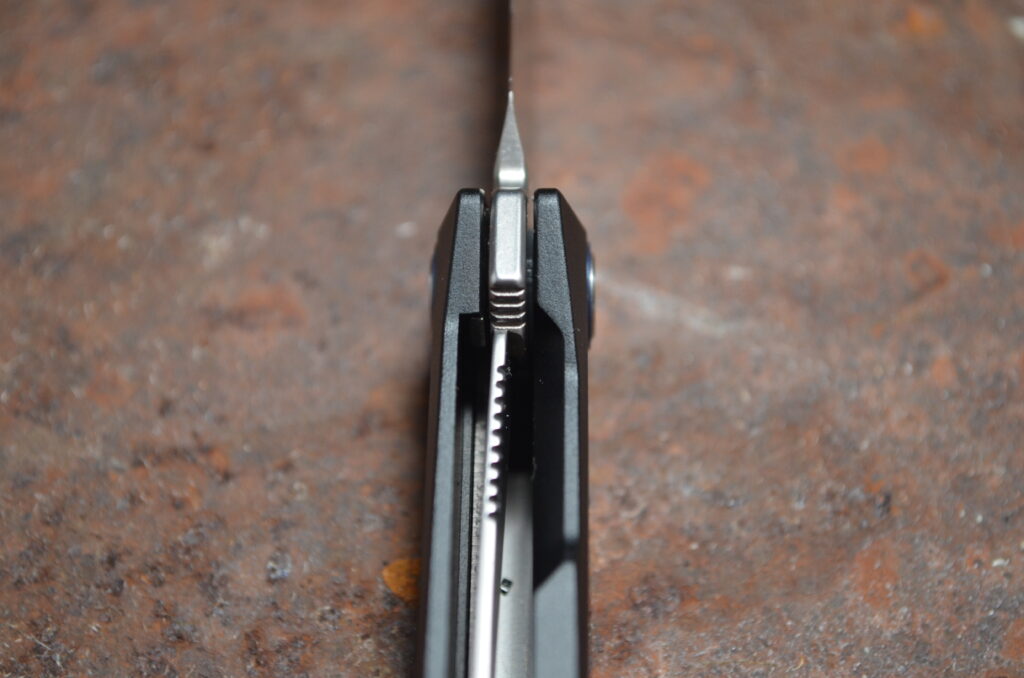
The blade runs 3.62 inches, and the handle is 4.88 inches, giving you an overall length of 8.5 inches. It is very comparable in size to a Buck 110 Folding Hunter, though much lighter. The manufacturer specs give a weight of 4.8 ounces for the P166, but on my postal scale, it’s 4.3 ounces. In comparison, the Buck 110 comes in at a hair over 7 ounces.
Ruike P166 Performance
I’ve only had the P166 for a few weeks. In that time, I’ve used it for a range of common knife chores, such as cutting cordage, breaking down boxes, and even cutting a bit of fruit. I found it handles very well. The edge retention is on point. I really like how easily the knife swings closed after the lock is pushed aside.
Advertisement — Continue Reading Below
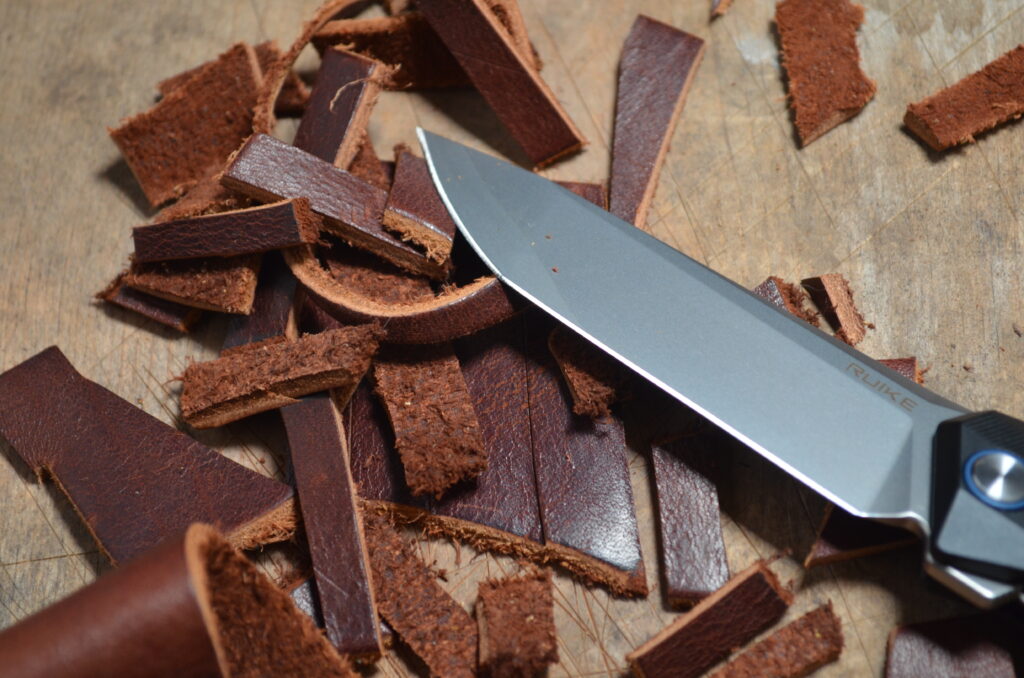
I’d consider this to be a mid-to-large folding knife, but it’s quite nimble. This is likely due to its light weight compared to its overall size.
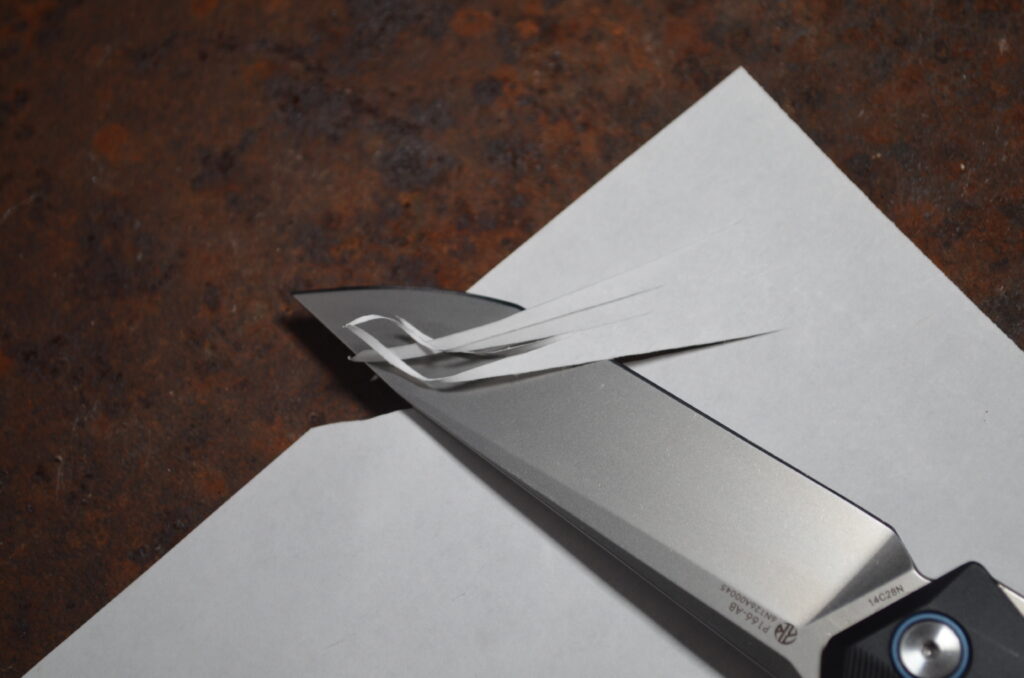
Advertisement — Continue Reading Below
I look at the P166 as a great option for those who work construction sites or other heavy-duty jobs. This is the sort of knife that you won’t feel compelled to baby or coddle. Use it like a rented mule and never think twice about it. I’ve owned knives with price tags twice the size of the P166 that performed half as well.
Find it at Chicago Knife Works for about $87.
